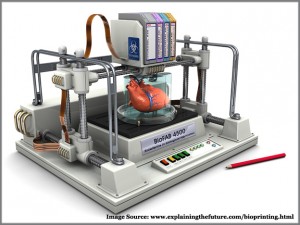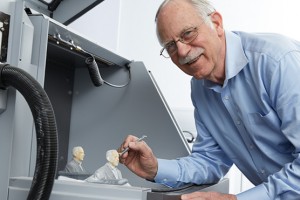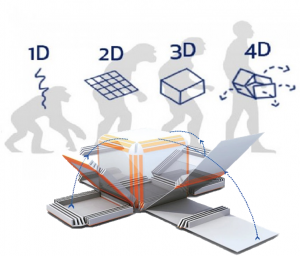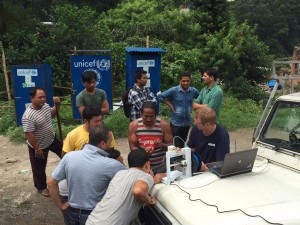A new 3D bioprinter technology developed by scientists from the Wake Forest Institute for Regenerative Medicine opened a great opportunity for organ replacement. Scientists say that now they can print muscles, human bones and even the whole ear by pressing a button on the 3D bioprinter.
The lack of donated tissues and organs is a big problem for many diseased or injured people in the world today. The issue is to produce these tissues and organs using 3D printer, which can lay cells down in specific patterns.



